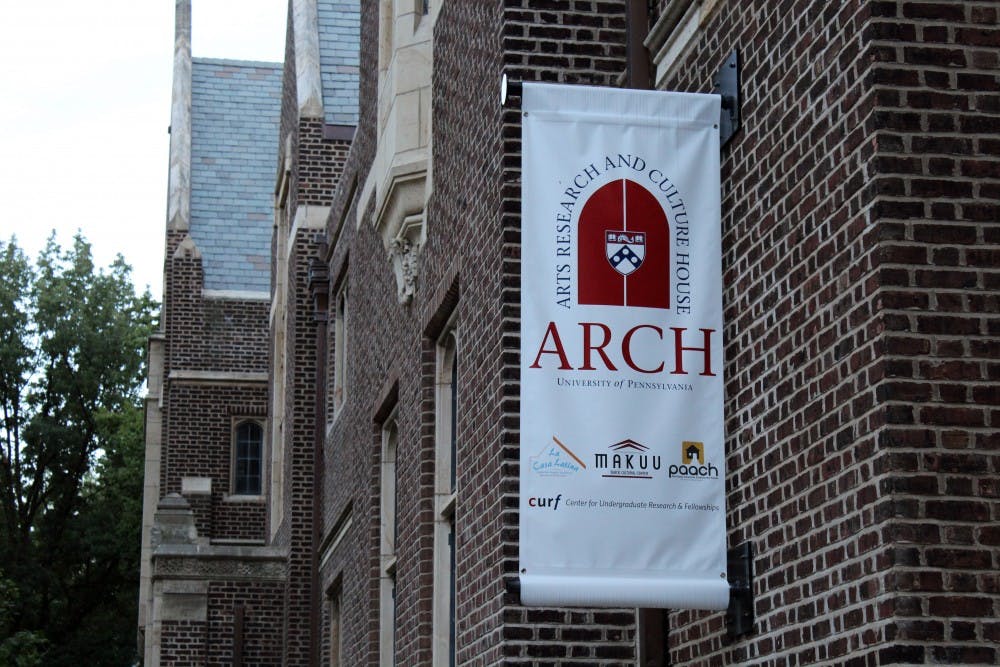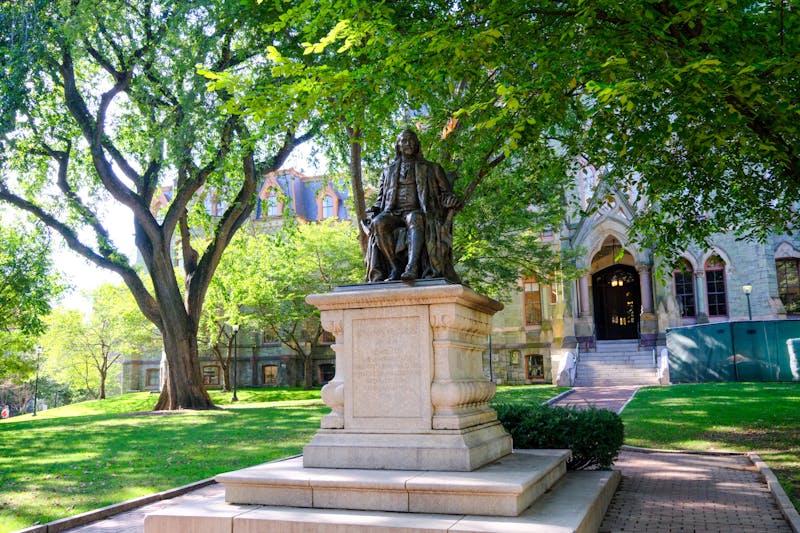
Penn's campus offers many resource centers for minority groups in the ARCH, including Makuu, La Casa Latina and PAACH. (File Photo)
The spaces that appear prominently on Penn's campus speak to its values as an institution. Yet, on Locust Walk, the historic fraternity houses far overshadow other groups. La Casa Latina, Makuu, and the Pan-Asian American Community House are confined to a basement in the ARCH building.
These three cultural houses, which cater to over a third of Penn’s undergraduate population, need a bigger space than a basement under Tortas Frontera. The current space is too small to accommodate meetings for cultural groups. Additionally, the placement of these groups decreases their accessibility and prominence on campus. Students are less likely to make use of the resources offered by groups like Mujeres Empoderadas and UMOJA if they are not easily visible.
In a recent town hall held by the 6B — Penn’s six main minority coalition groups — leaders voiced their concerns with the cultural houses’ location. A student attending the forum also noted that “being shoved into a basement” made the student feel more marginalized at Penn and affected their mental wellness. Indeed, when there are decadent, historic buildings devoted to fraternities, while PAACH, La Casa Latina, and Makuu only have single rooms in a basement, the University is sending a message that certain groups are more important than others.
With a $13.8 billion endowment, Penn has the financial resources to strengthen the presence of these groups on campus. In fact, one of the main pillars of the "The Power of Penn” fundraising campaign is creating spaces that drive solutions. Yet, none of the planned nine new construction projects aim to solve the lack of space for cultural groups. As Penn’s campus grows over the next few years, the University has a responsibility to allocate space to underrepresented groups on campus.
Still, Penn has allocated significant space to the LGBT Center, as well as the Women's Center. While these are steps in the right direction, there is more to be done.
The solution could take many different forms. Some feasible options include Penn creating three new buildings, each devoted to a cultural center, or the University re-allocating space for these centers. The latter isn’t an unprecedented solution — many former fraternity houses on Locust Walk have been converted by Penn for new purposes over the years. For example, The Penn Women’s Center at 3643 Locust Walk was the former chapter house of Theta Xi. The Acacia Fraternity House is now Penn’s LGBT Center. The University could also rearrange the current setup of the ARCH building, moving the cultural centers above ground.
Penn is an institution with a long history of exclusionary practices, from the trustees’ connections to slavery to the lack of gender neutral bathrooms on campus. If the administration truly wants to prioritize diversity and inclusion, changes must be made that empower minority groups on campus. This can start with devoting funding and resources to them. As it stands, the location of Makuu, PAACH, and La Casa Latina is a clear indication that Penn is still undervaluing the breadth and importance of these organizations and their constituents.
Editorials represent the majority view of members of The Daily Pennsylvanian, Inc. Editorial Board, which meets regularly to discuss issues relevant to Penn's campus. Participants in these meetings are not involved in the reporting of articles on related topics.
The Daily Pennsylvanian is an independent, student-run newspaper. Please consider making a donation to support the coverage that shapes the University. Your generosity ensures a future of strong journalism at Penn.
Donate






